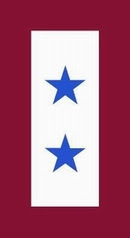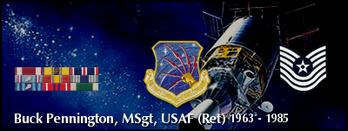In “What Is Web 2.0, Design Patterns and Business Models for the Next Generation of Software” Tim O’Reilly discusses and explains the significance of the next generation of web applications. Don’t let the sub-title put you off. Although O’Reilly is the geek’s geek, he writes in a way that makes even the most esoteric information technology concepts accessible to the layman. Here’s an excerpt from this five-page article:
But as with many areas of Web 2.0, where the "2.0-ness" is not something new, but rather a fuller realization of the true potential of the web platform, this phrase gives us a key insight into how to design applications and services for the new platform.You’ll have a pretty good understanding about why Google is well on its way to owning the world after reading this essay. But don’t sell your Microsoft stock just yet. MS has some powerful minds working on Web 2.0, as well.
To date, iTunes is the best exemplar of this principle. This application seamlessly reaches from the handheld device to a massive web back-end, with the PC acting as a local cache and control station. There have been many previous attempts to bring web content to portable devices, but the iPod/iTunes combination is one of the first such applications designed from the ground up to span multiple devices. TiVo is another good example.
iTunes and TiVo also demonstrate many of the other core principles of Web 2.0. They are not web applications per se, but they leverage the power of the web platform, making it a seamless, almost invisible part of their infrastructure. Data management is most clearly the heart of their offering. They are services, not packaged applications (although in the case of iTunes, it can be used as a packaged application, managing only the user's local data.) What's more, both TiVo and iTunes show some budding use of collective intelligence, although in each case, their experiments are at war with the IP lobby's.
…
This is one of the areas of Web 2.0 where we expect to see some of the greatest change, as more and more devices are connected to the new platform. What applications become possible when our phones and our cars are not consuming data but reporting it? Real time traffic monitoring, flash mobs, and citizen journalism are only a few of the early warning signs of the capabilities of the new platform. (emphasis mine)
Boy, do we ever live in interesting times!




.jpg)




No comments:
Post a Comment
Just be polite... that's all I ask.